Islamabad offers numerous subjects for photographers. Faisal Mosque sits against the Margalla Hills, combining religious architecture with landscape. The Pakistan Monument displays modern design, while Daman-e-Koh provides an elevated view over the city. Public parks demonstrate the capital's green spaces. Saidpur Village preserves traditional buildings and crafts. Rawal Lake and the Shakarparian Hills offer nature photography with water and mountains. The city's shopping centers and streets show contemporary Pakistan. Each location presents different aspects of the planned capital.
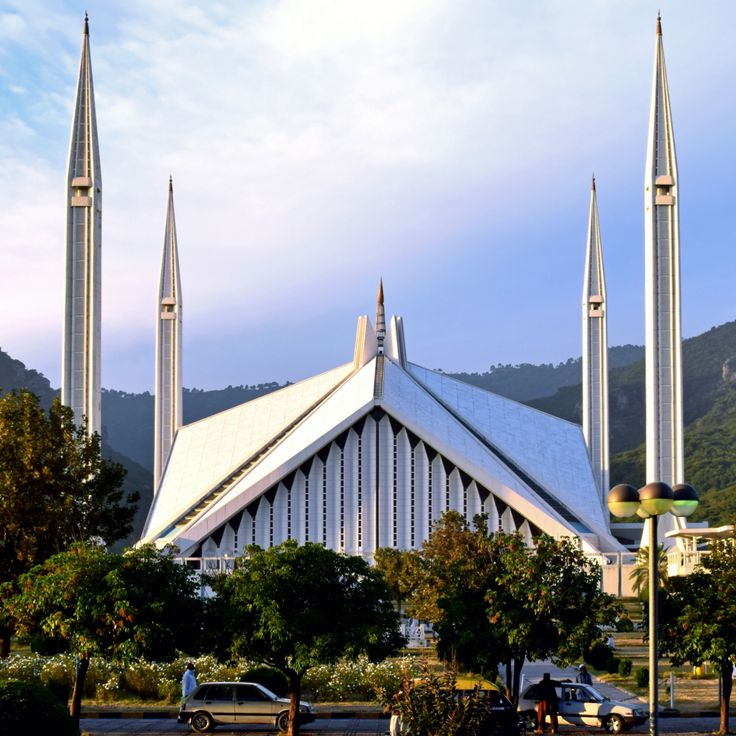
Islamabad, Pakistan
Faisal Mosque was built between 1976 and 1986 following a design by Turkish architect Vedat Dalokay. The structure sits at the base of the Margalla Hills and can accommodate up to 300,000 worshippers. The four minarets reach a height of 88 meters. The prayer hall features no traditional dome but instead uses a triangular roof design reminiscent of a Bedouin tent. The central courtyard measures 5,000 square meters and provides space for additional worshippers during Friday prayers and religious celebrations.
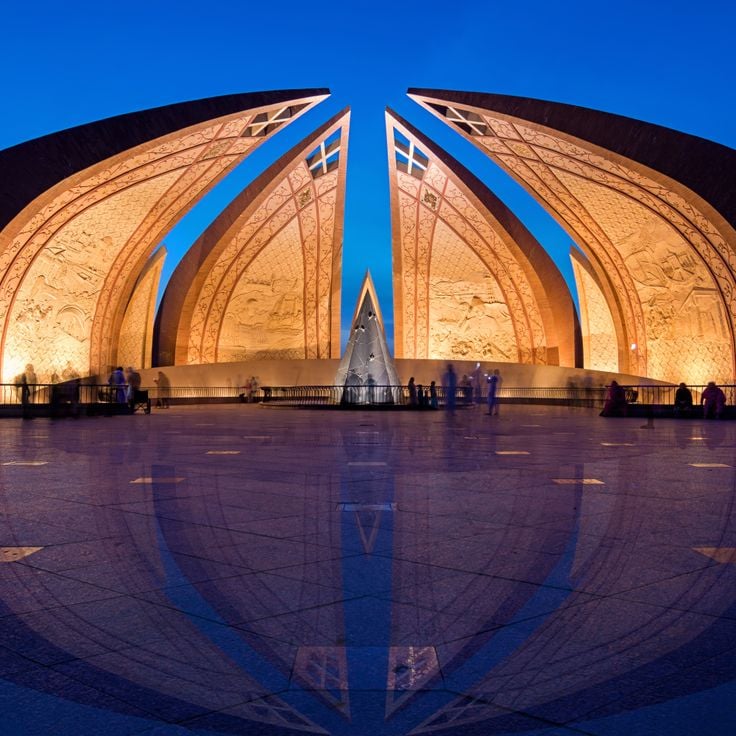
Islamabad, Pakistan
The Pakistan Monument stands at the foothills of the Margalla Hills, with its four main granite petals representing the provinces of Punjab, Sindh, Khyber Pakhtunkhwa, and Balochistan, while three smaller petals symbolize the territories. Completed in 2007, this white marble structure houses a museum documenting the Pakistan independence movement and the nation's formation. The complex spans several hectares within Shakarparian Park and provides insights into the country's political and cultural development since 1947.
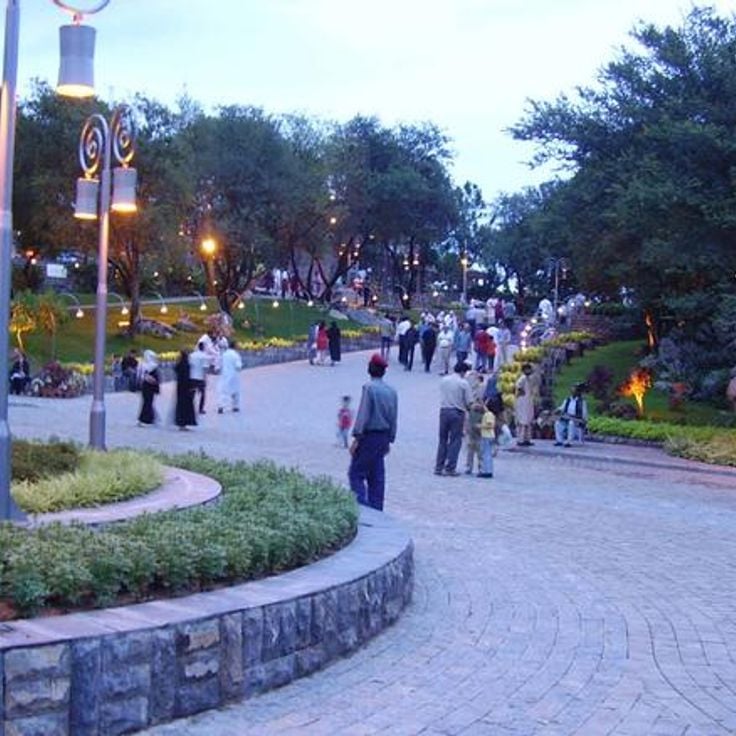
Islamabad, Pakistan
Daman-e-Koh sits at 730 meters elevation in the Margalla Hills, providing multiple viewing platforms with direct sight lines to Islamabad's urban area. From this viewpoint, the Presidential Palace, Parliament building, and the city's planned sectors are visible. Several walking trails wind through the forested slopes, connecting different observation points. The site includes parking facilities and dining establishments.
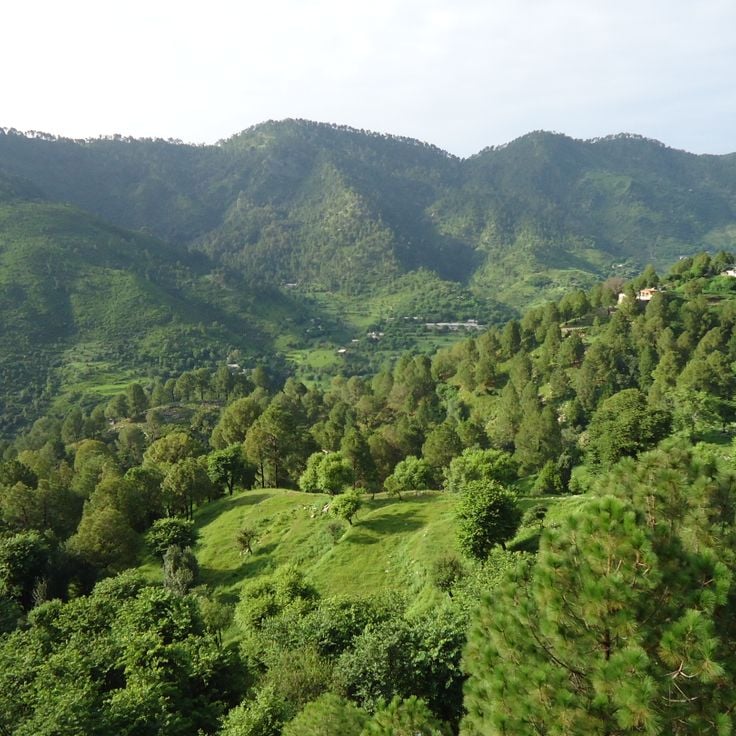
Islamabad, Pakistan
The Margalla Hills form the northern boundary of Islamabad and offer numerous hiking trails through dense forests and rocky slopes. This mountain range covers 17,000 hectares and reaches elevations of up to 1,604 meters. Photographers find various perspectives of the capital here, particularly at sunrise and sunset. The trails are marked and lead to viewpoints from which the city and surrounding valleys can be seen.
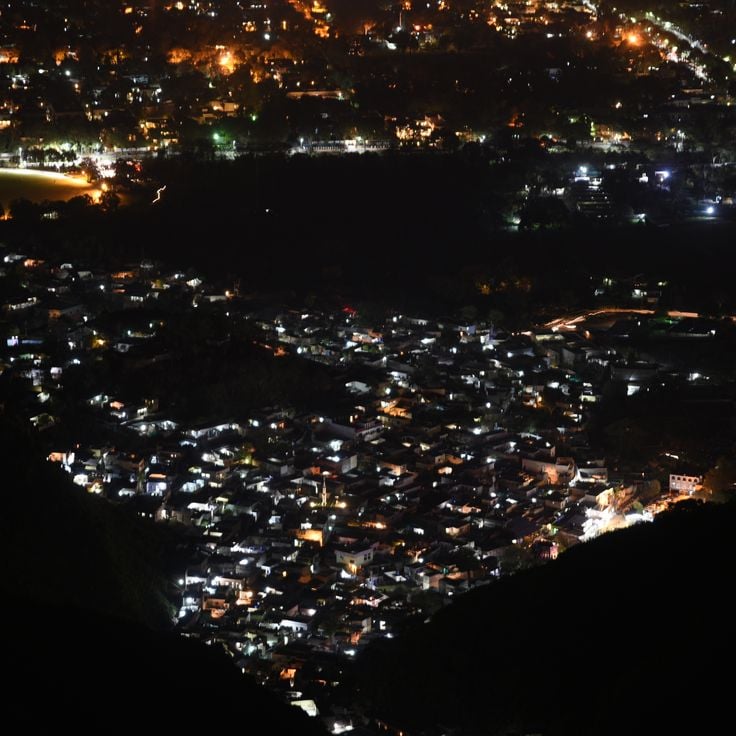
Islamabad, Pakistan
Saidpur Village sits in the Margalla Hills on the outskirts of Islamabad, preserving its 16th-century architecture. Stone houses with traditional wooden balconies and carved doorways line narrow lanes that climb the hillside. The Hindu temple and mosque stand as reminders of the area's multicultural past. Restored buildings now house art galleries, restaurants and craft workshops. Upper terraces provide views across the modern capital below.

Islamabad, Pakistan
Rawal Lake is a reservoir that supplies drinking water to the capital and sits at the edge of the Margalla Hills. The area spans several kilometers and offers visitors walking trails, picnic spots, and restaurants overlooking the water. Photographers find various subjects here, from reflections of the hills in the water to bird species that inhabit the shoreline. The lakeside promenade provides access to different viewpoints along the reservoir.
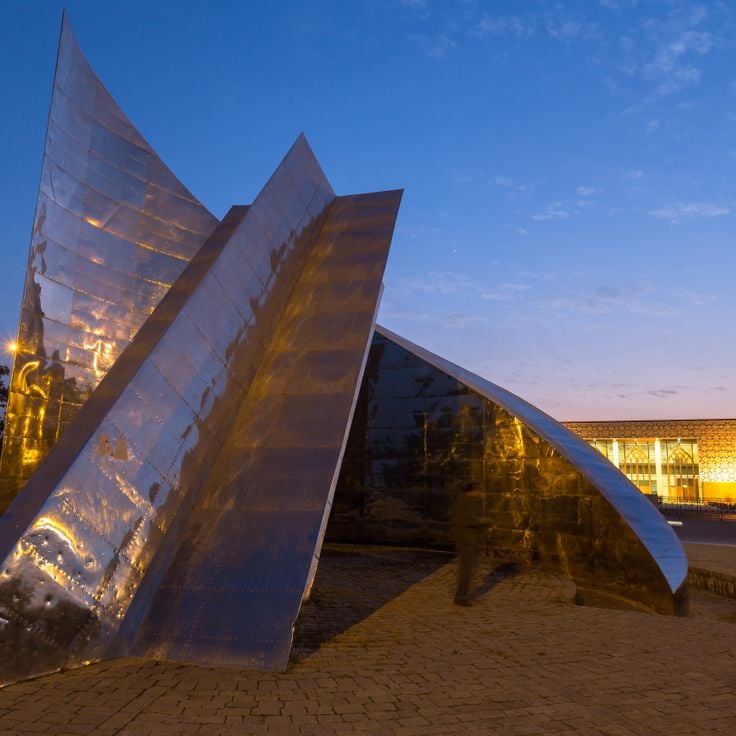
Islamabad, Pakistan
The Shakarparian Hills rise between Islamabad and Rawalpindi, offering viewpoints over both cities. This forested elevation includes walking trails that wind through the vegetation, as well as the Pakistan Monument and its accompanying museum documenting the country's history. Photographers find positions here to capture the urban spread of the twin cities, the Margalla Hills in the background, and the modern architecture of the monument itself.

Islamabad, Pakistan
Islamabad Zoo spans 82 hectares and houses both Pakistani and international animal species across extensive green spaces. The facility offers visitors opportunities to observe various mammals, birds, and reptiles in naturalistic enclosures. The grounds include walking paths through shaded areas and open spaces suitable for animal observation and photography.
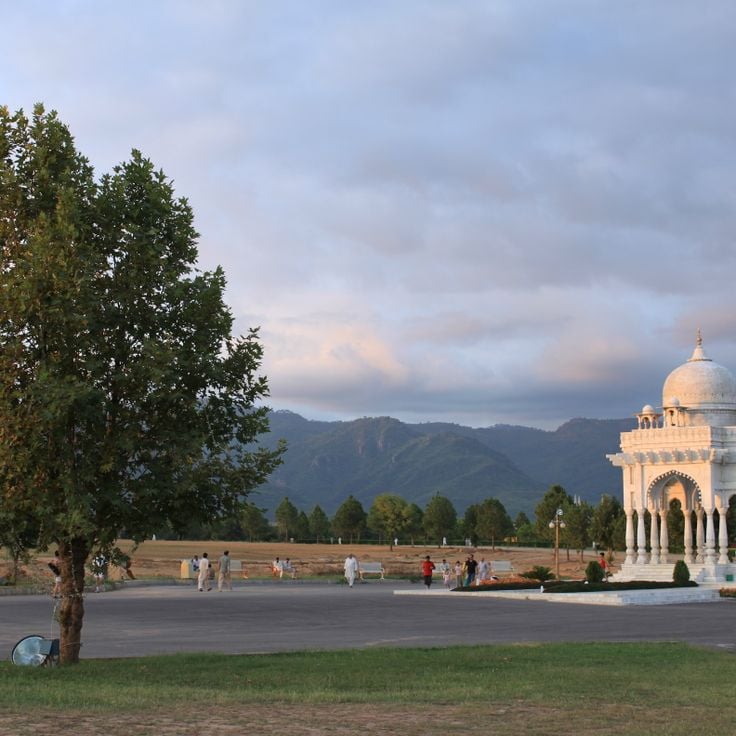
Islamabad, Pakistan
Fatima Jinnah Park covers 300 hectares in central Islamabad and offers numerous photography opportunities. The grounds include extensive lawns, walking paths, sports facilities and exercise stations. The maintained gardens and open spaces allow for shots of families enjoying leisure activities, athletes and urban recreation. The park features varied landscape zones, small hills and tree clusters that can be photographed under different lighting conditions.
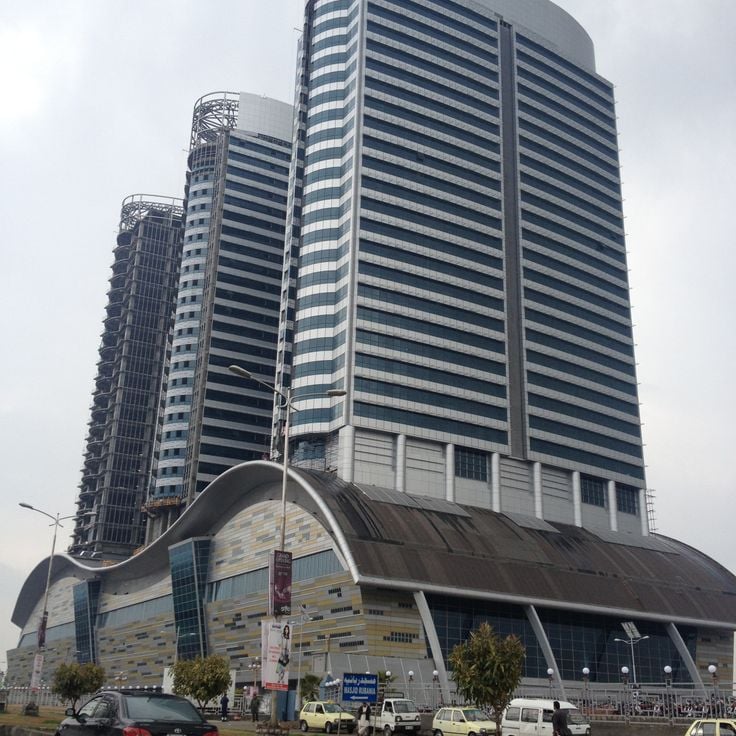
Islamabad, Pakistan
Centaurus Mall is one of the largest shopping centers in Pakistan, housing 250 stores across three floors. The complex features a wide selection of international and local brands, restaurants offering various cuisines, and a modern cinema. The building's architecture, with its two distinctive towers, provides interesting perspectives for both exterior and interior photography. The spacious areas and central location make this shopping center a well-frequented destination in Pakistan's capital.

Islamabad, Pakistan
The Rose and Jasmine Garden in Islamabad features 250 varieties of roses and several jasmine species that bloom between March and November. The garden offers diverse opportunities for close-up photography of flowers and compositions with the maintained flower beds. The color palette ranges from deep reds to delicate pastels. The grounds are particularly suitable for macro photography and botanical shots during peak blooming season.
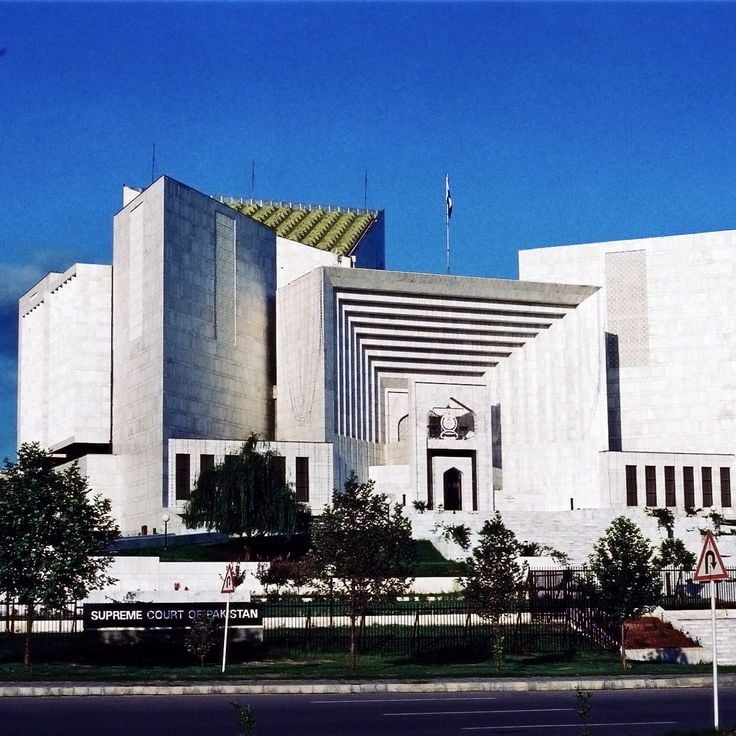
Islamabad, Pakistan
The Supreme Court of Pakistan offers numerous photographic opportunities through its modern architecture. The building combines traditional Islamic elements with contemporary design. The marble cladding reflects daylight and creates changing plays of light and shadow across the facades. The central courtyard with its water features and native vegetation provides contrast to the geometric precision of the surrounding structures. The symmetrical arrangement of the colonnades allows for interesting perspectives in architectural photography.
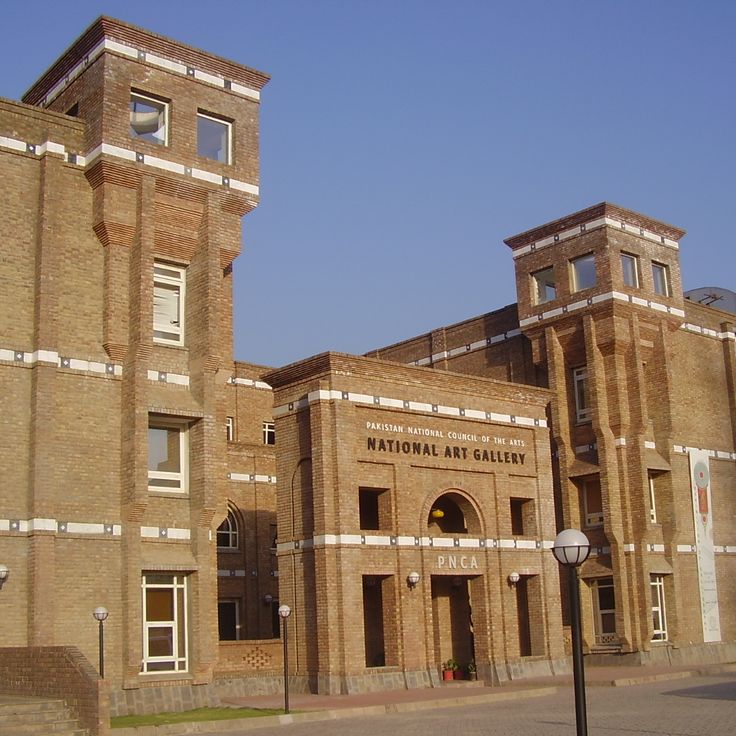
Islamabad, Pakistan
The National Art Gallery is located in Islamabad's diplomatic enclave and showcases the development of Pakistani art since the country's independence. The museum displays paintings, sculptures, calligraphy, and textile works by Pakistani artists from different periods. The collections include both traditional and contemporary pieces, offering insights into the artistic diversity of the region.
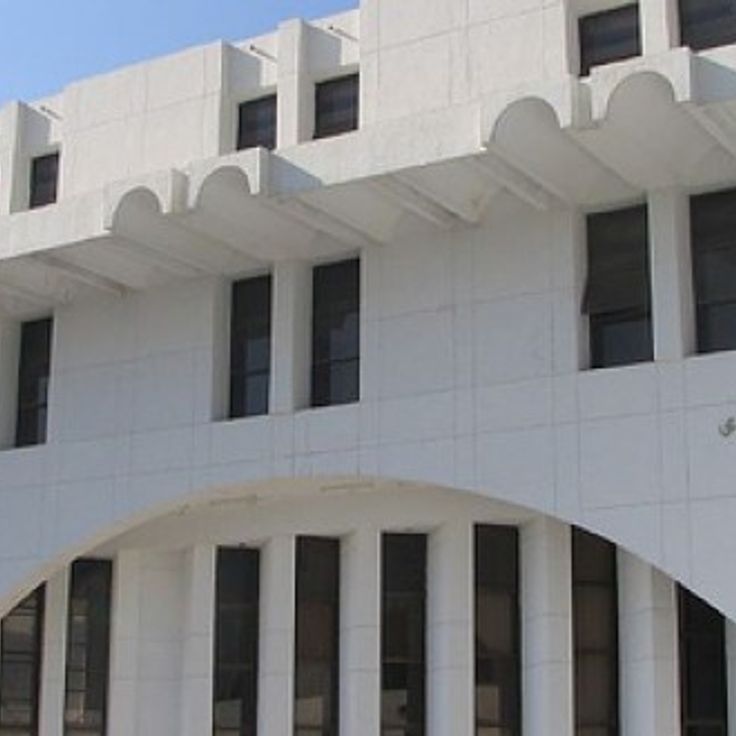
Islamabad, Pakistan
The National Library of Pakistan houses an extensive collection of over 400,000 books, manuscripts, and research documents in multiple languages. Established in the 1950s, the institution serves as a central resource for scholars, researchers, and the public. The building features several reading rooms, archives, and exhibition spaces where historical documents and rare manuscripts are displayed. The collection includes important works on Pakistani history, literature, and culture, as well as international publications.
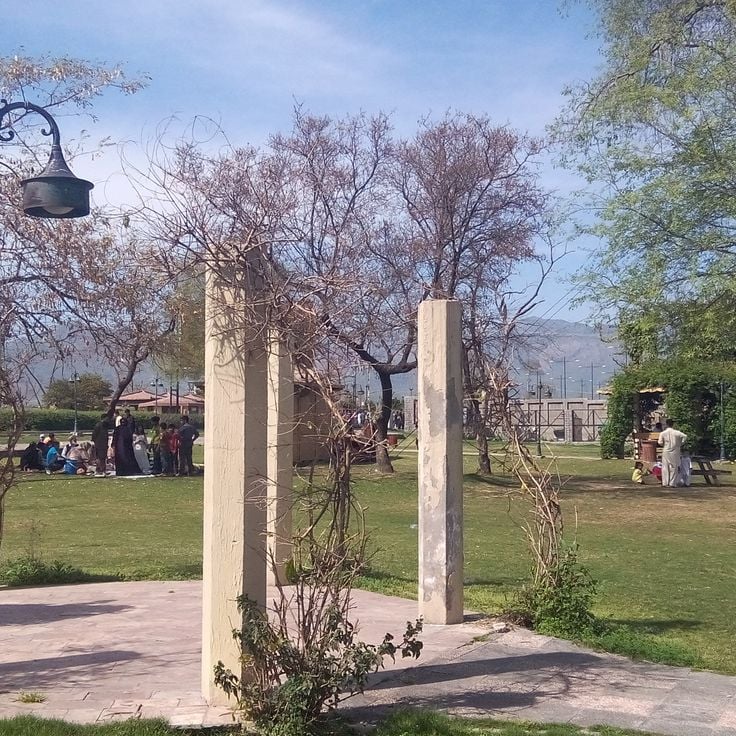
Islamabad, Pakistan
Lake View Park stretches along Rawal Lake and offers visitors paved walking trails, a botanical garden featuring native plant species, and several bird-watching observation points. The park provides boat rental facilities on the lake and includes picnic areas. The grounds combine recreational opportunities with nature conservation and serve as an outdoor retreat for residents of the capital city.
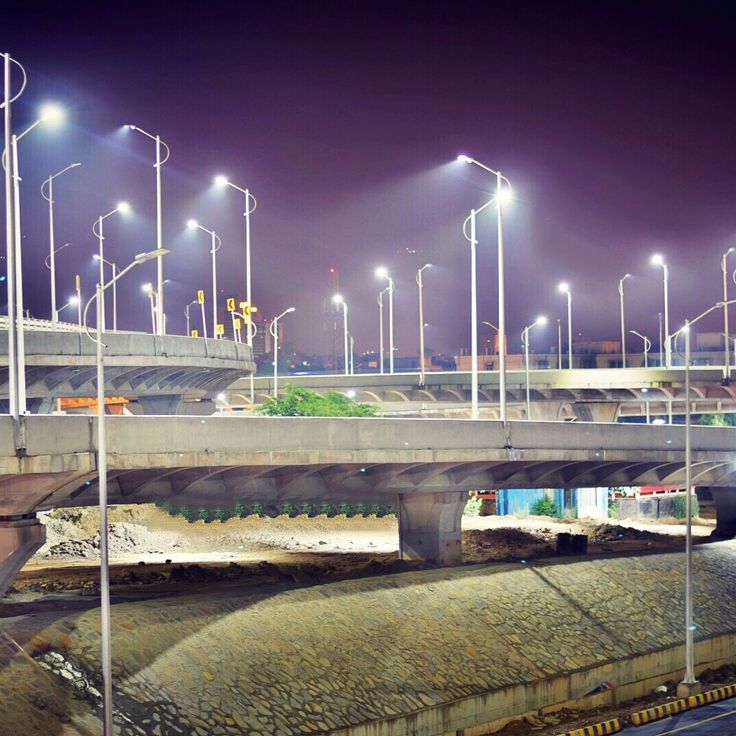
Islamabad, Pakistan
The Zero Point Interchange connects major traffic arteries in central Islamabad through a multi-level system of elevated ramps and bridges. The structure allows simultaneous traffic flow in different directions without traffic lights. LED lighting systems illuminate the architectural framework after dark, creating changing light effects along the roadways and support pillars.
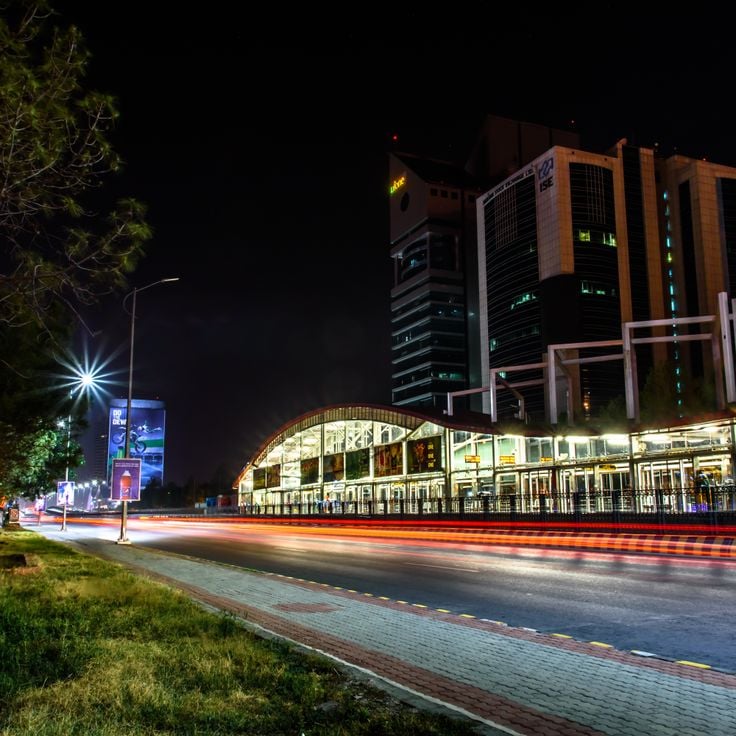
Islamabad, Pakistan
Jinnah Avenue runs as the main axis through central Islamabad, connecting several key sectors of the city. This wide thoroughfare is lined with regularly spaced Pakistani flags that become particularly prominent during national holidays and are illuminated in the evenings. The straight layout of the boulevard allows for photographs with strong symmetry and depth perspective. The modern urban architecture along the avenue offers numerous viewpoints for cityscapes, while the maintained green median strips between traffic lanes create contrast with the built environment.
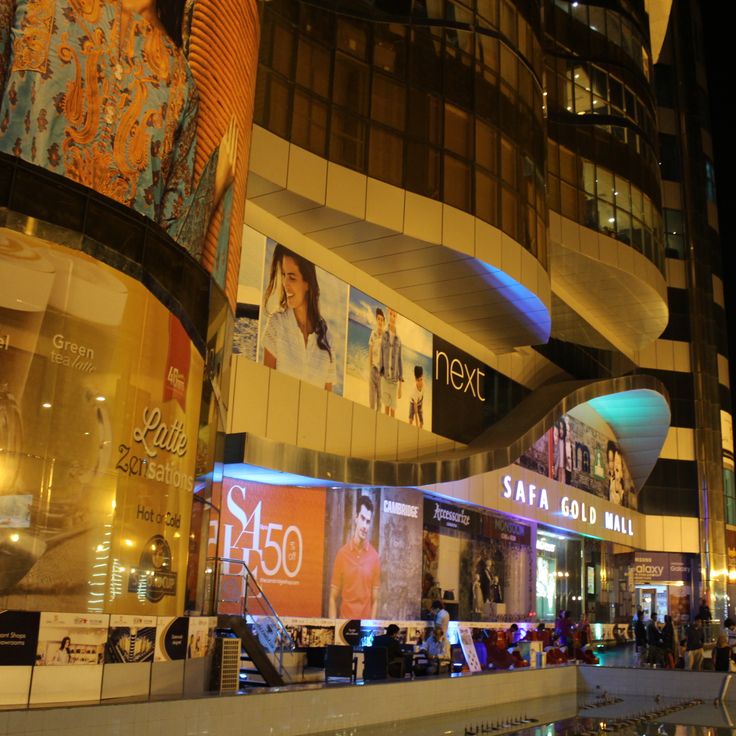
Islamabad, Pakistan
The rooftop of Safa Gold Mall provides an observation point overlooking Islamabad and the Margalla Hills. The elevated position allows photographs of the urban layout and the adjacent mountain range. The location suits morning and evening sessions when light illuminates the landscape and architecture in varying tones. Access is available through the shopping complex.

Islamabad, Pakistan
Simly Dam is located approximately 30 kilometers northeast of Islamabad in the Margalla Hills. The reservoir supplies drinking water to the capital and covers an area of several square kilometers. The surrounding landscape consists of forested slopes and hills that encircle the water body. During morning hours and late afternoon, the water surface reflects sunlight. The dam was completed in the 1980s and serves as essential infrastructure for the region.
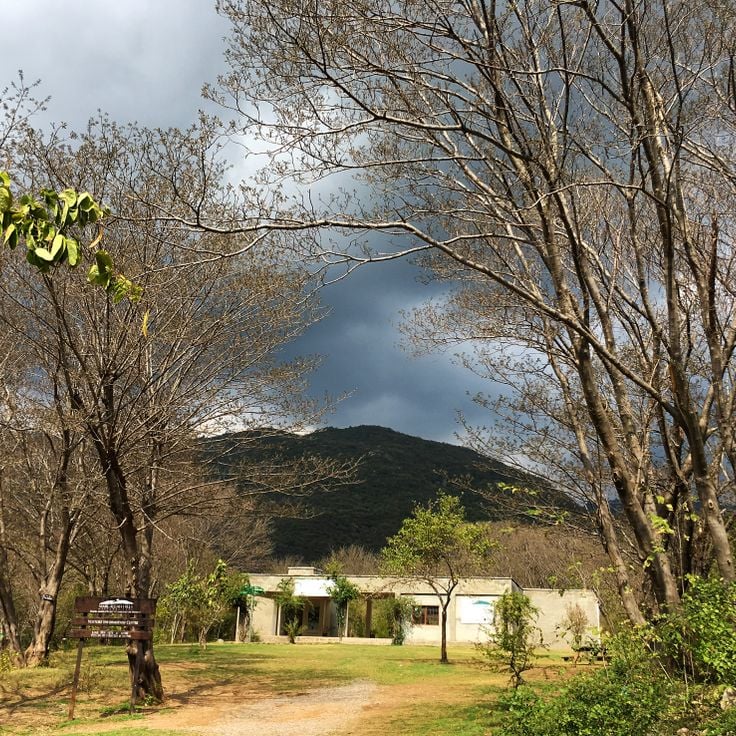
Islamabad, Pakistan
Trail 5 in the Margalla Hills winds through forested slopes and reaches several viewpoints overlooking Islamabad and the Potwar Plateau. The path crosses pine and oak forests where leopards, wild boars, and various bird species are frequently spotted. The changing light conditions between the trees and the shifting perspectives of the city below provide opportunities for landscape and wildlife photography. Morning mist in the valleys and evening light on the ridges create different photographic conditions throughout the day.
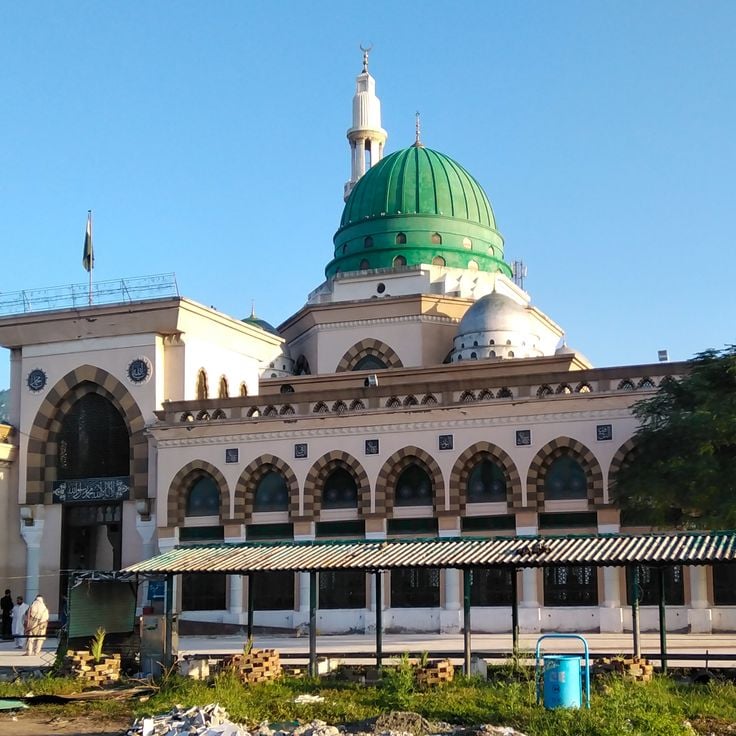
Islamabad, Pakistan
The Bari Imam Shrine is a major religious site in Islamabad. The complex features white marble domes and traditional Islamic calligraphy throughout its structure. Interior chambers are adorned with mirrors and decorative tiles, creating reflective prayer spaces. The shrine attracts numerous pilgrims and visitors who come to pray and appreciate the craftsmanship of its architecture. The site serves as an important place of worship and spiritual reflection for the local community.
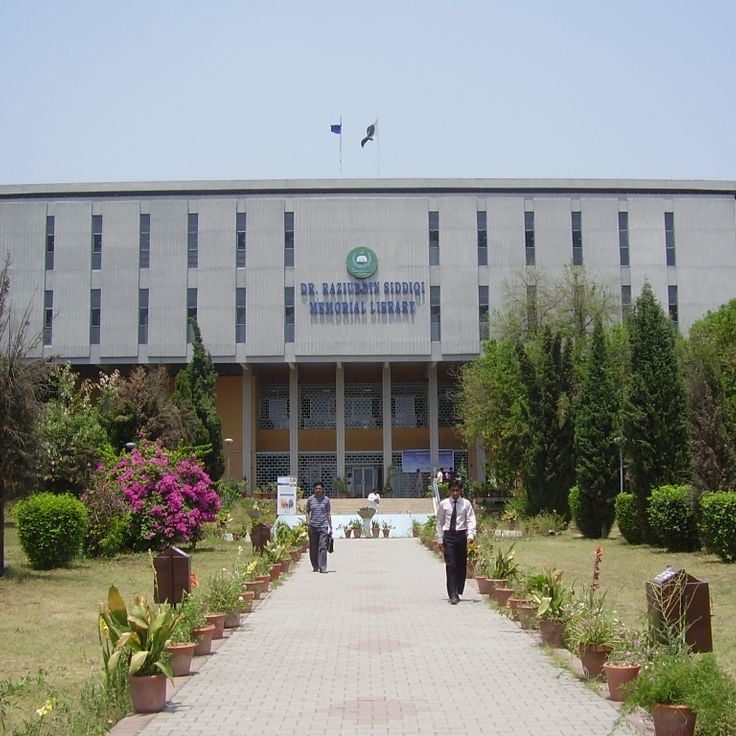
Islamabad, Pakistan
Quaid-i-Azam University spans 1,700 acres at the foothills of the Margalla Hills. The campus combines modern architecture with traditional stone construction, providing varied photographic subjects. The landscaped gardens feature indigenous plant species, while the main buildings display distinctive facades that create architectural interest. The location allows photographers to capture images with the Margalla Hills as a natural backdrop, particularly effective during golden hour lighting conditions in morning and evening.
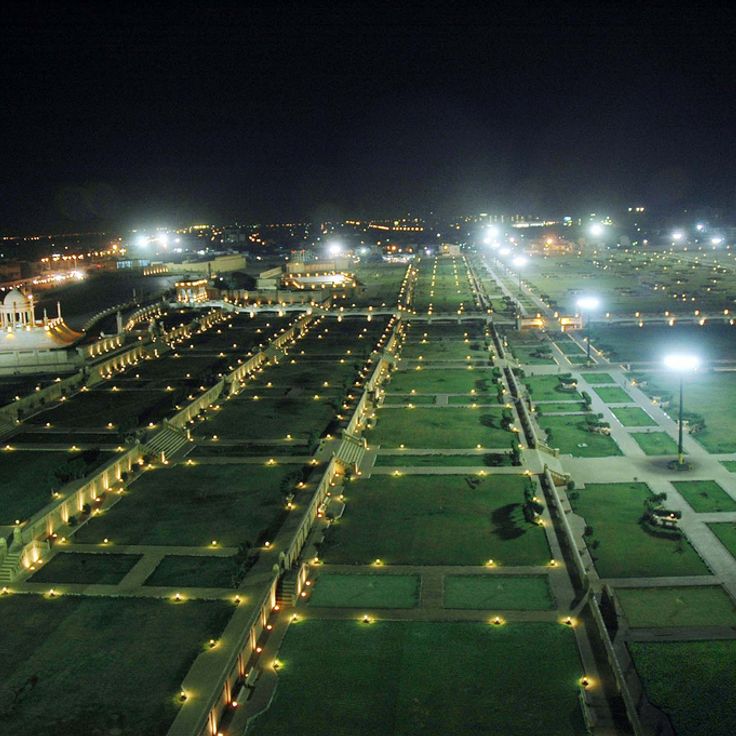
Islamabad, Pakistan
The Bagh Ibn-e-Qasim Monument rises within a garden featuring geometric patterns, water features, and stone pathways lined with native trees. The site offers photographers multiple vantage points, from the symmetrical garden layouts to the architectural details of the monument itself. The combination of water channels, manicured lawns, and shade-providing trees creates varying light conditions throughout the day.
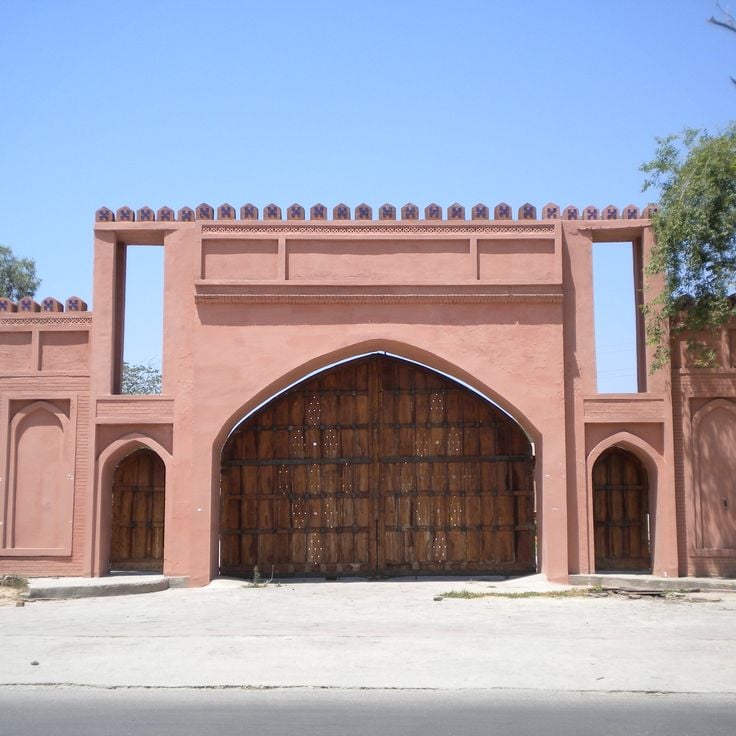
Islamabad, Pakistan
The Lok Virsa Museum presents an extensive collection of Pakistani folk art from all regions of the country. The exhibition halls display handwoven textiles, traditional musical instruments, pottery and handicraft objects. The museum documents the cultural traditions of Pakistan's diverse ethnic groups through authentic everyday items and ceremonial objects. Visitors can explore the variety of regional craft techniques and artistic expressions represented in the permanent collection.
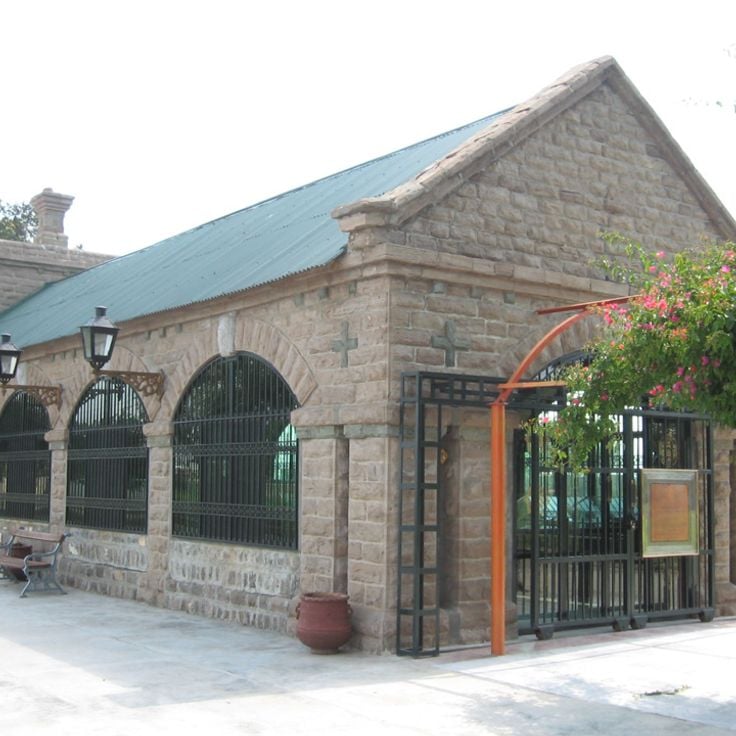
Islamabad, Pakistan
The Pakistan Railway Museum documents the country's railway history since 1850. The collection includes historic steam locomotives, passenger coaches and freight wagons from different eras. Photographers will find numerous subjects here, from detailed shots of the restored vehicles to compositions featuring technical railway elements. The museum is located in the Golra Sharif area and provides access to outdoor grounds where locomotives are displayed in the open air.
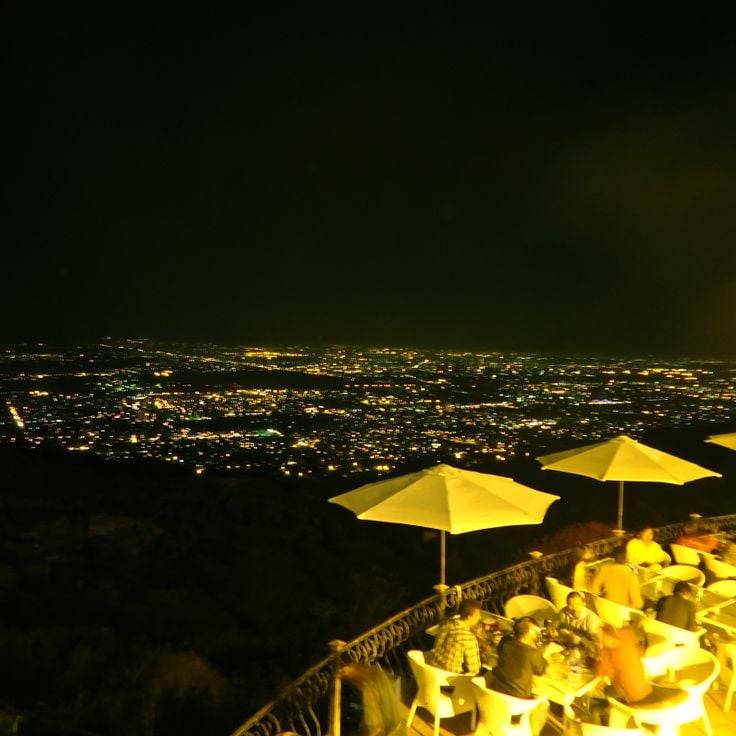
Islamabad, Pakistan
This restaurant sits at 1173 meters elevation in the Margalla Hills and provides views across the Pakistani capital and surrounding mountain ranges. From the terrace, photographers can capture Islamabad's cityscape with forested slopes in the foreground. The elevated position allows wide-angle shots of the city's geometric planning and natural topography. On clear days, visibility extends to the distant peaks of the Himalayan foothills.
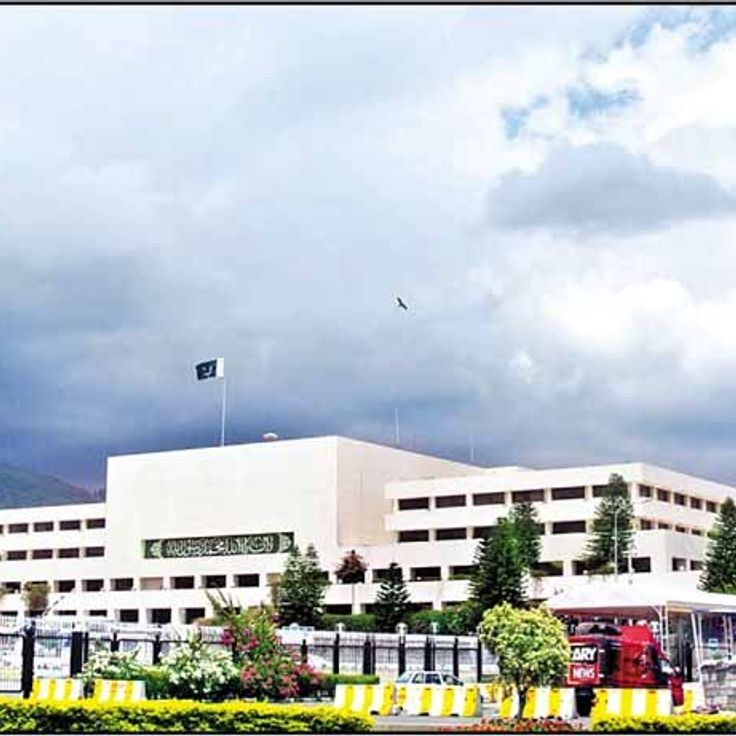
Islamabad, Pakistan
The National Assembly Building was completed in 1986 and serves as the seat of Pakistan's parliament. The architecture combines modern construction techniques with Islamic design elements. Four large domes dominate the appearance of the complex. The facades are made of white marble and display geometric patterns that reference traditional Islamic ornamentation. The building is located in the diplomatic enclave of Islamabad and forms, together with other government buildings, the administrative center of the city.
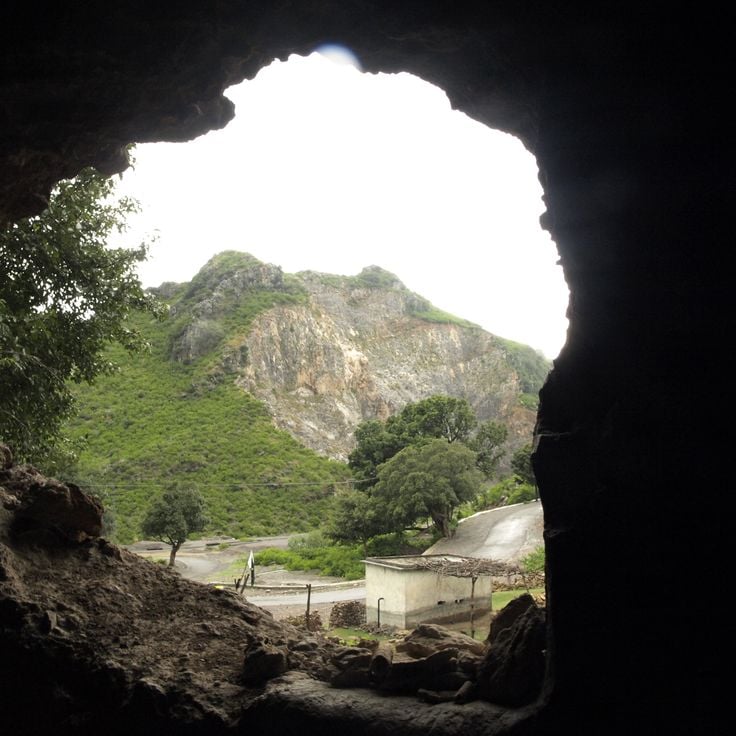
Islamabad, Pakistan
The Buddhist Caves of Islamabad were carved into rock approximately 2500 years ago and served as meditation chambers for monks during the Buddhist period in the region. This archaeological site preserves murals from the Gandhara civilization, which document the cultural exchange between Greek, Persian, and Indian traditions. The caves offer photographers the opportunity to capture ancient religious architecture and historical artworks in their natural setting.
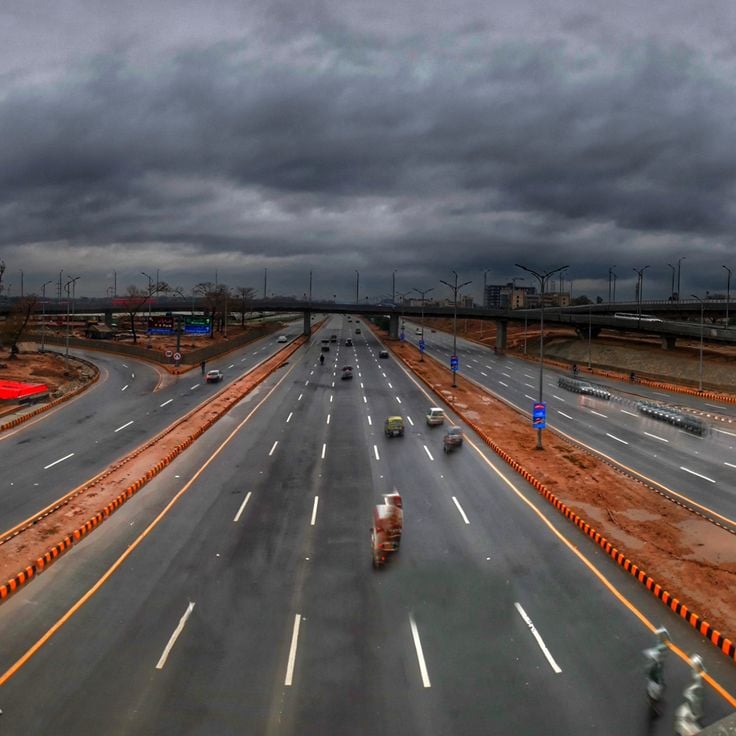
Islamabad, Pakistan
The Srinagar Highway is an eight-lane road connecting Islamabad with Rawalpindi. This major thoroughfare runs through Pakistan's capital region and provides photographers with perspectives featuring the Margalla Hills in the background. The wide green medians divide the lanes and create contrasts between urban infrastructure and natural landscape. Particularly during morning and evening hours, the highway offers opportunities for photographs with varying light conditions.
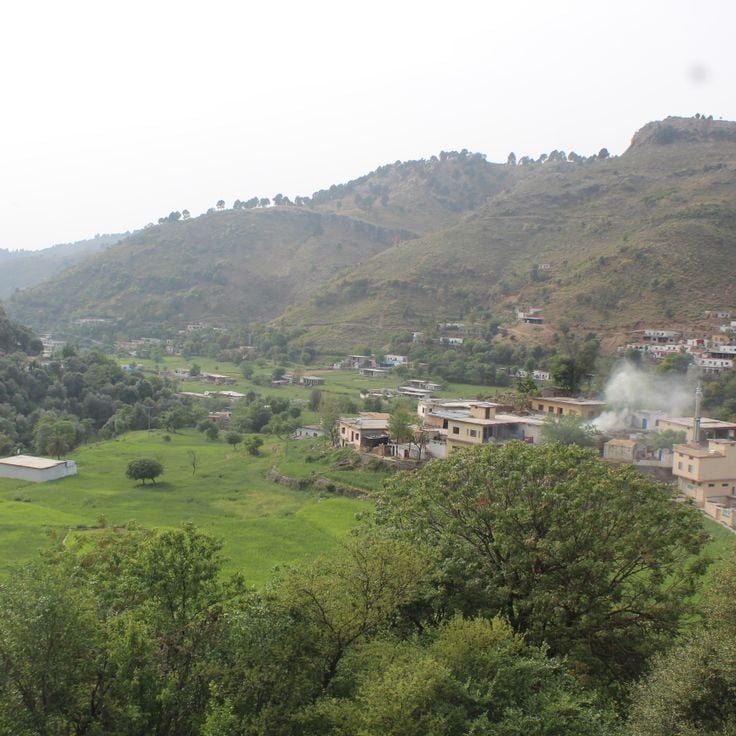
Islamabad, Pakistan
Talhaar Village sits on the outskirts of Islamabad and preserves traditional ways of life within its narrow lanes and stone houses. Residents cultivate small fields and gardens using regional agricultural methods. The architecture demonstrates building styles that have been practiced for generations. Photographers find subjects from rural daily life in the area.